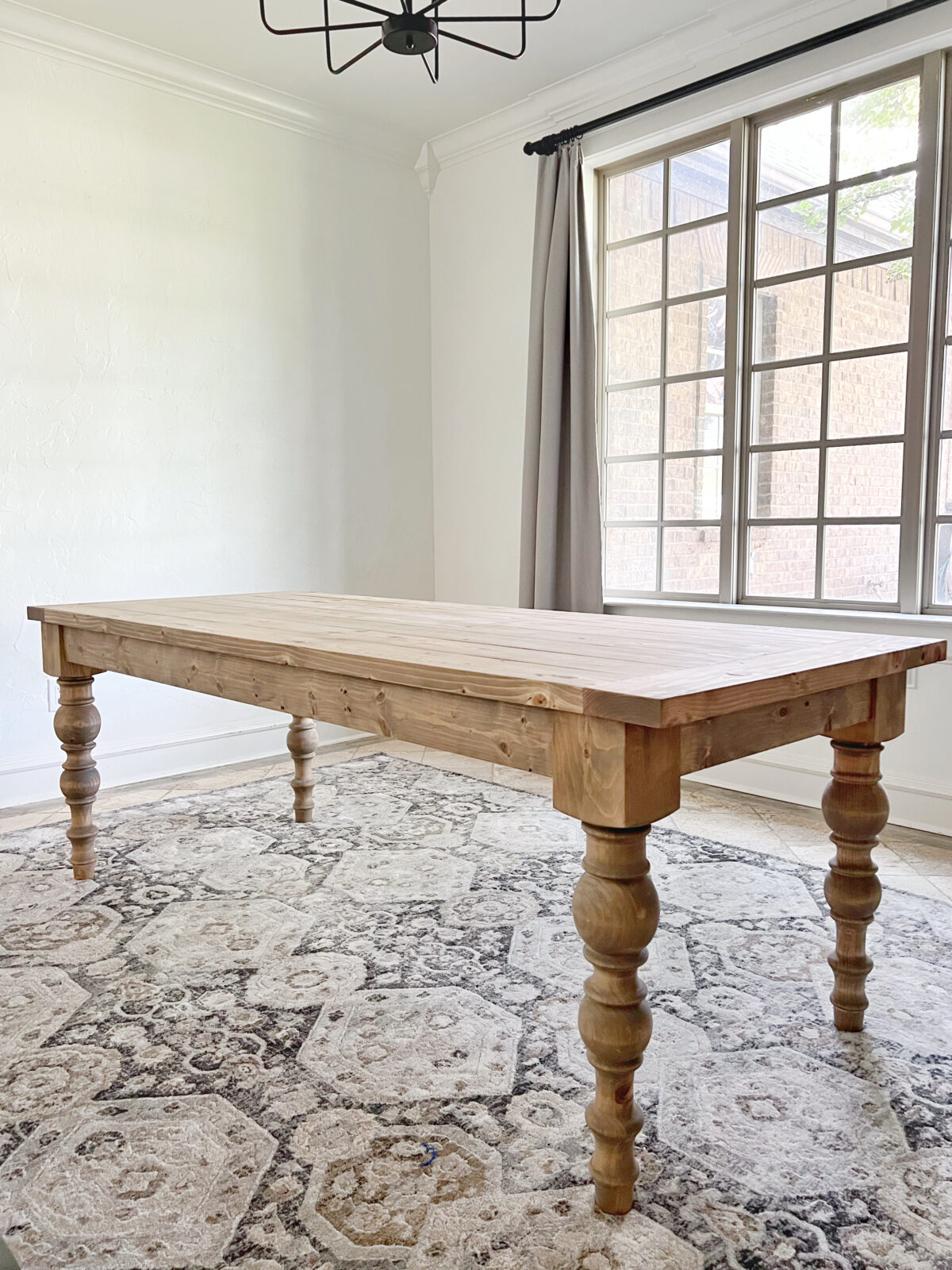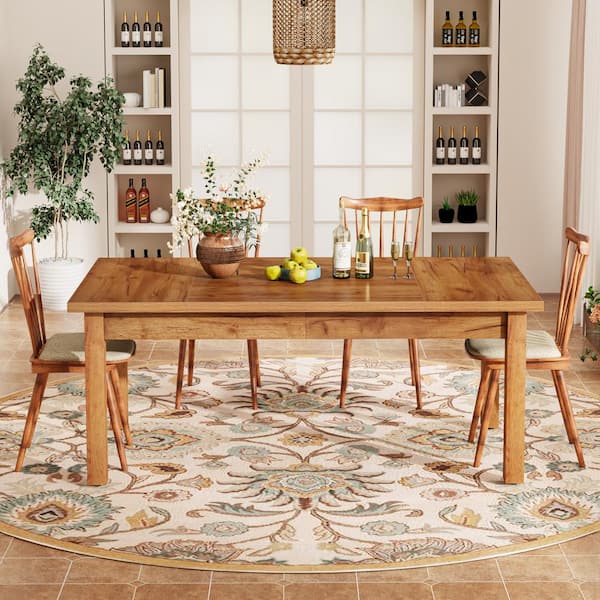Leading Trends in Dining Room Table Legs to Boost Your Dining Area
Leading Trends in Dining Room Table Legs to Boost Your Dining Area
Blog Article
Selecting the Perfect Table: What Styles Job Best for Your Home?
Picking the ideal dining table for your home can be a nuanced procedure that stabilizes visual appeals and capability. To navigate these choices successfully and locate a table that truly matches your home, think about the adhering to elements in detail.
Examining Your Room
Evaluating the dimensions and design of your dining location is a crucial initial action in picking the perfect dining table. Begin by measuring the length and width of the space, making up entrances, home windows, and other architectural features that could influence table placement. This ensures that your table not only fits however likewise enables comfy motion around it.
Think about the variety of people you usually delight. A table needs to suit your house's day-to-day demands while supplying enough versatility for periodic guests. As a policy of thumb, assign at the very least 24 inches of table width per person to guarantee a comfortable eating experience.
It's additionally essential to keep suitable clearance around the table. Preferably, there need to be at least 36 inches between the table edge and wall surfaces or various other furniture, making it possible for simple accessibility and movement. For rooms where chairs with arms or added storage space devices like buffets are involved, boosting this clearance to 48 inches is advisable.
Illumination and ambience play substantial roles also. Guarantee that your table aligns with existing lights fixtures or prepare for adequate lighting remedies. This thorough spatial assessment assurances that your table not just fits literally yet additionally balances with your room's general capability and visual.
Popular Table Styles

Traditional table frequently feature luxuriant information, curved legs, and rich wood surfaces, stimulating a feeling of timeless elegance. They are perfect for homes with timeless style or those seeking to add a touch of sophistication to their eating location.
Modern eating tables prioritize simplicity and tidy lines, usually incorporating materials like glass and metal. These tables are suitable for modern rooms, supplying a streamlined and minimalist look that matches minimal design ideologies.
Rustic dining tables, on the other hand, emphasize all-natural products and a handmade appearance - dining room table legs. They commonly feature reclaimed timber and a troubled finish, producing a cozy and welcoming ambience. These tables work well in farmhouse-style homes or those looking for a relaxing, organic feeling
Industrial eating tables integrate raw materials such as steel and timber, usually showcasing a practical aesthetic. This design is appropriate for loft spaces or urban spaces, including a touch of rugged beauty and longevity to the eating experience.
Each style uses distinct advantages, making it vital to select one that aligns with your home's general layout and your personal preferences.
Product Selections
When picking a table, the selection of material plays a critical role in figuring out both the table's looks and performance. Wood, metal, glass, and composite products each deal distinct advantages and challenges, making it imperative to align the material with your home's style and way of living needs.
Timber is an ageless and flexible alternative, offered in ranges such as oak, walnut, and mahogany. Understood for its sturdiness and warmth, timber enhances both conventional and modern insides. It calls for normal upkeep to protect against scratches and bending.
Metal tables, typically crafted my blog from stainless steel, light weight aluminum, or functioned iron, are applauded for their modern appeal and toughness. They are specifically suited for industrial or minimalist setups however can be vulnerable to damages and may really feel cold to the touch.
Glass table bring an air of beauty and visibility, suitable for smaller sized rooms as they develop an illusion of more room. While simple to clean, glass can be susceptible to smudges and requires mindful managing to stay clear of chips and cracks.
Composite materials, such as MDF and plywood, offer cost-efficient and customizable options, though they might do not have the durability of natural materials. Picking the appropriate material ensures your dining table is both a useful property and Going Here a visual delight.
Forming and Size Considerations
After figuring out the appropriate material for your dining table, the following factor to consider is choosing the ideal form and size to match your room. The shape of the table dramatically influences the room's visual and performance. Rectangular tables, one of the most usual shape, are suitable for bigger rooms and can suit a higher variety of visitors. They additionally allow for an extra official dining experience. On the other hand, rounded tables cultivate a feeling of affection and are official site outstanding for smaller eating locations, encouraging discussion by eliminating edges and making everyone really feel equally included.
Size is just as vital and ought to be determined by both the room's dimensions and the number of individuals you plan to seat on a regular basis. Generally of thumb, allocate at the very least 24 inches of table size per individual to ensure comfy dining. In addition, consider the table's clearance room: there ought to be at the very least 36 inches in between the table edge and the walls or other furnishings. This makes sure that restaurants can move around conveniently without really feeling confined. Prolonging tables offer flexibility if you regularly organize larger celebrations, giving added seating when needed without occupying extra area daily. Choosing the best form and dimension ensures both practicality and aesthetic consistency in your dining location.
Matching Your Decor
Choosing an eating table that harmonizes with your existing design is essential in producing a natural and inviting area. A smooth, minimal table with tidy lines is excellent for a modern-day home, while a vintage, elaborate table suits a much more typical setting.
If your design includes warm tones and natural materials, consider a wooden table to enhance the organic feeling. Conversely, a glass or steel table may be a lot more proper in a room controlled by cool colors and industrial elements.
Texture plays a vital duty. A rough-hewn, recovered timber table can add character to a rustic room, while a sleek marble surface can elevate an elegant eating location. Take into consideration the scale and percentage of the table in connection to the area size and existing furniture. A well-matched dining table not just improves visual allure but additionally enriches the overall eating experience.

Verdict
Selecting the suitable dining table necessitates cautious factor to consider of area, style, products, form, and size. Conventional tables complement timeless insides with rich wood surfaces, while modern-day tables fit modern settings through glass and metal.
Report this page